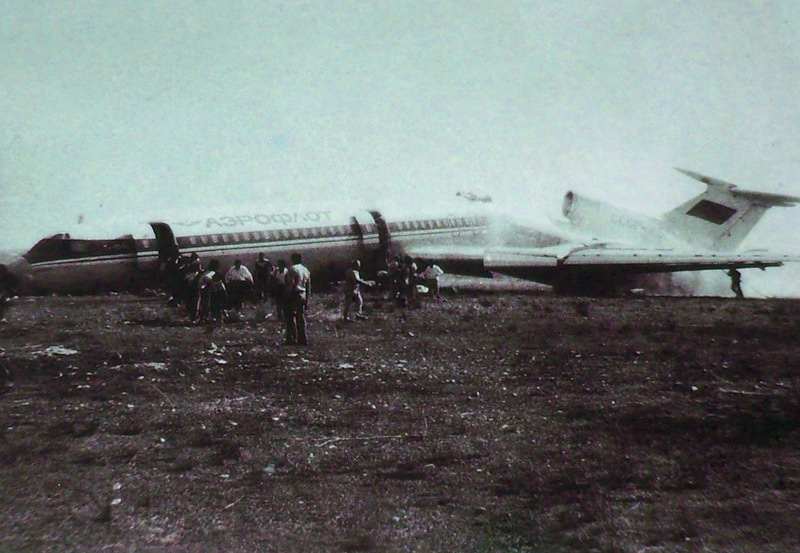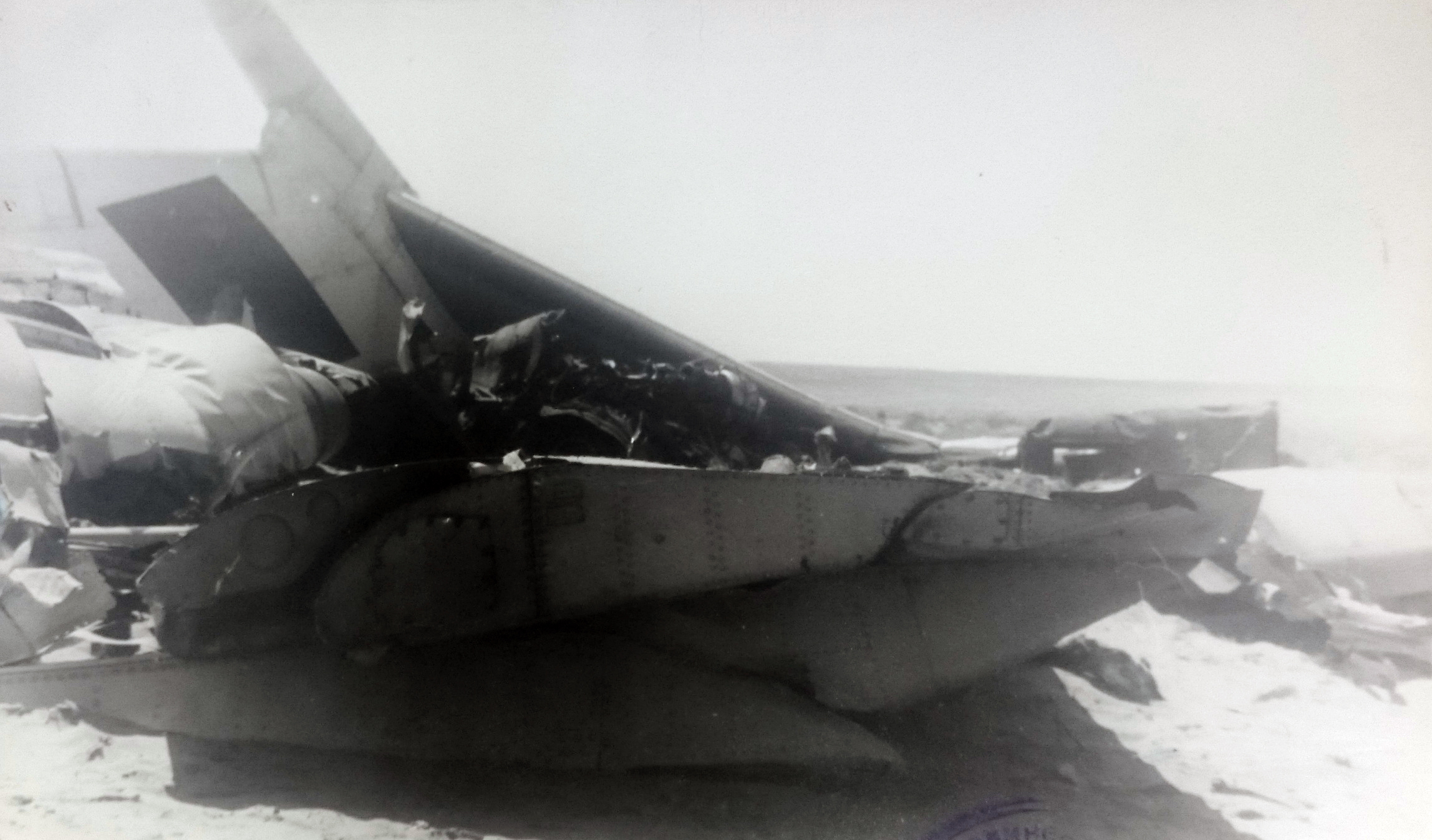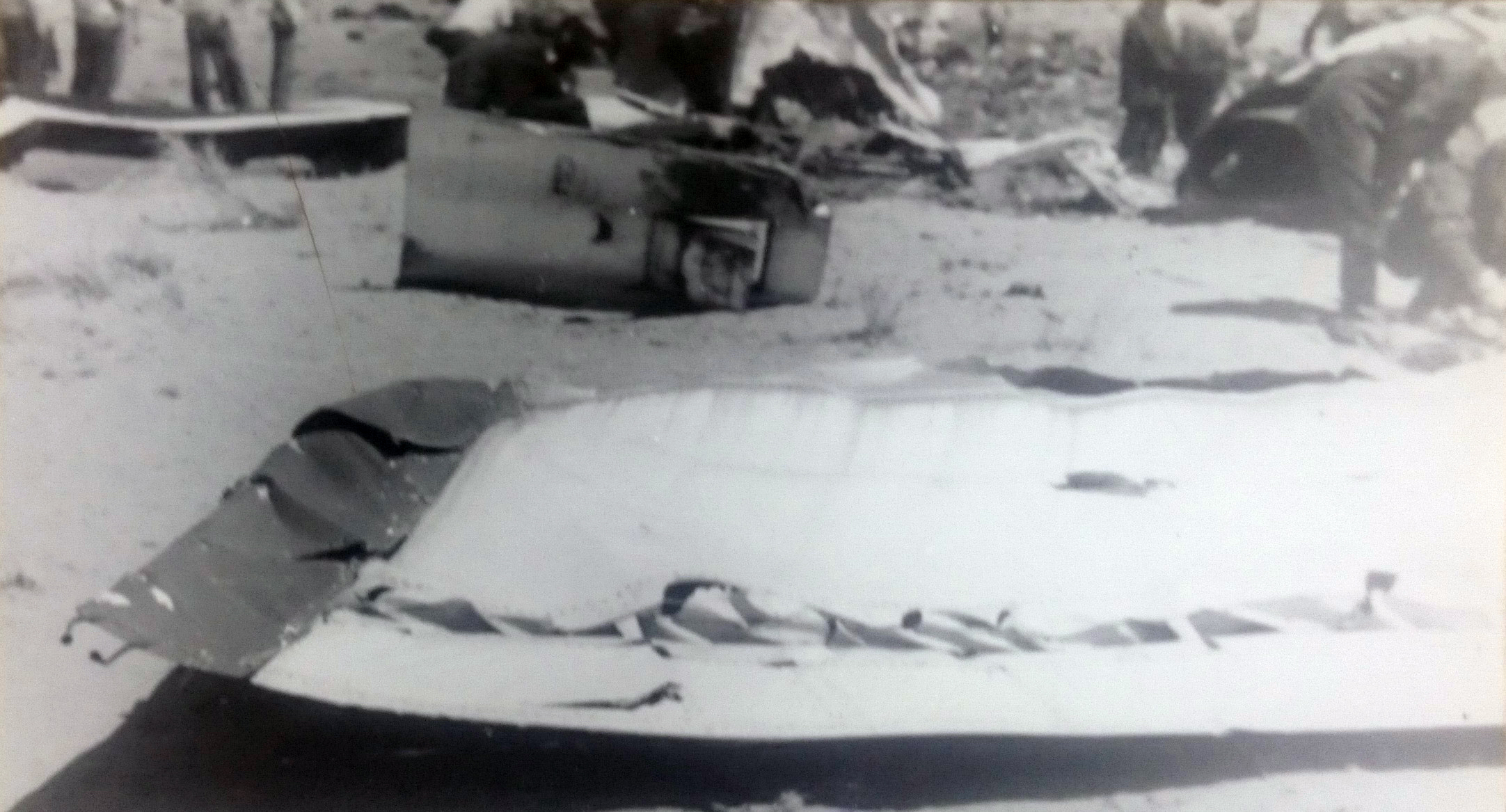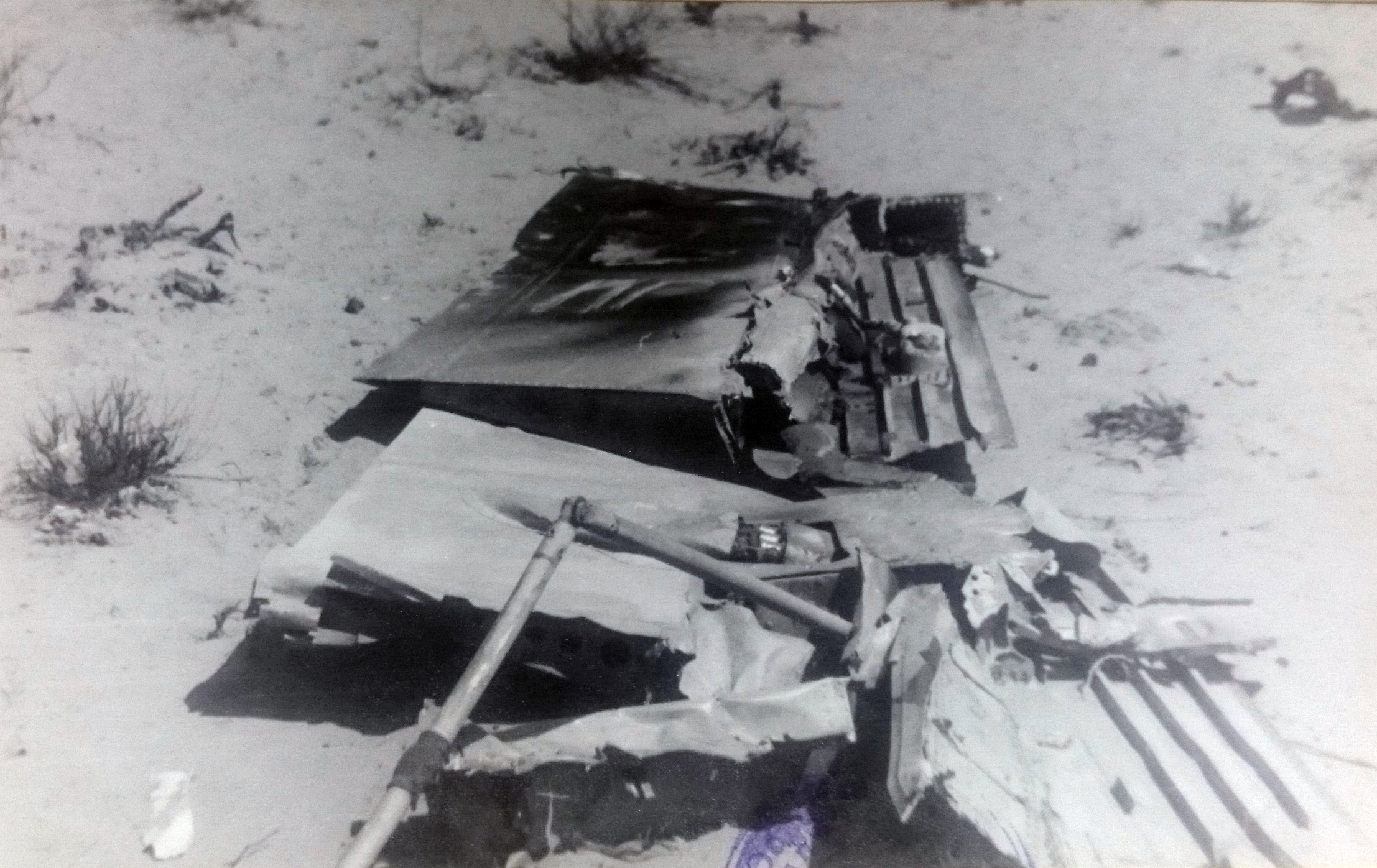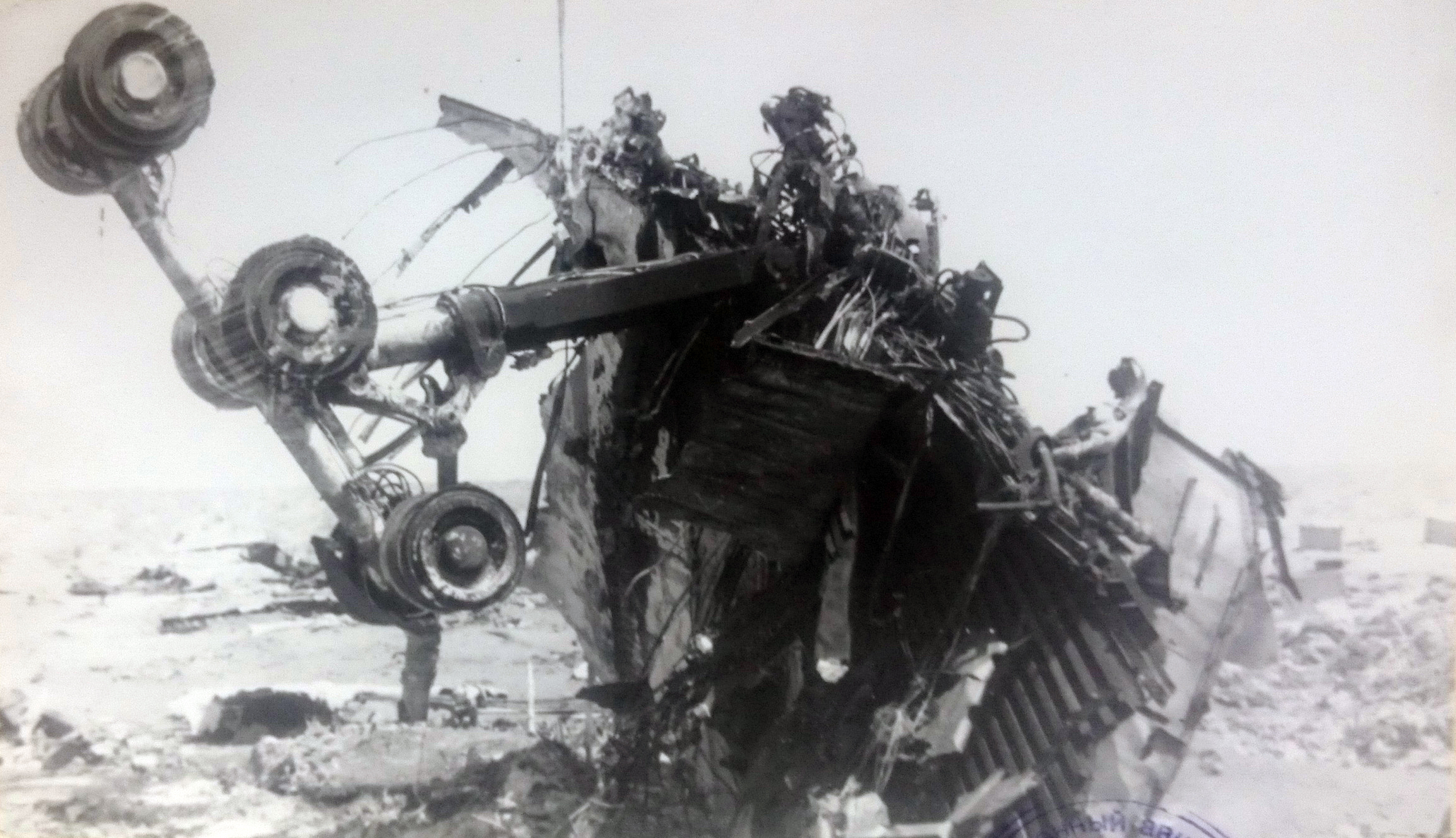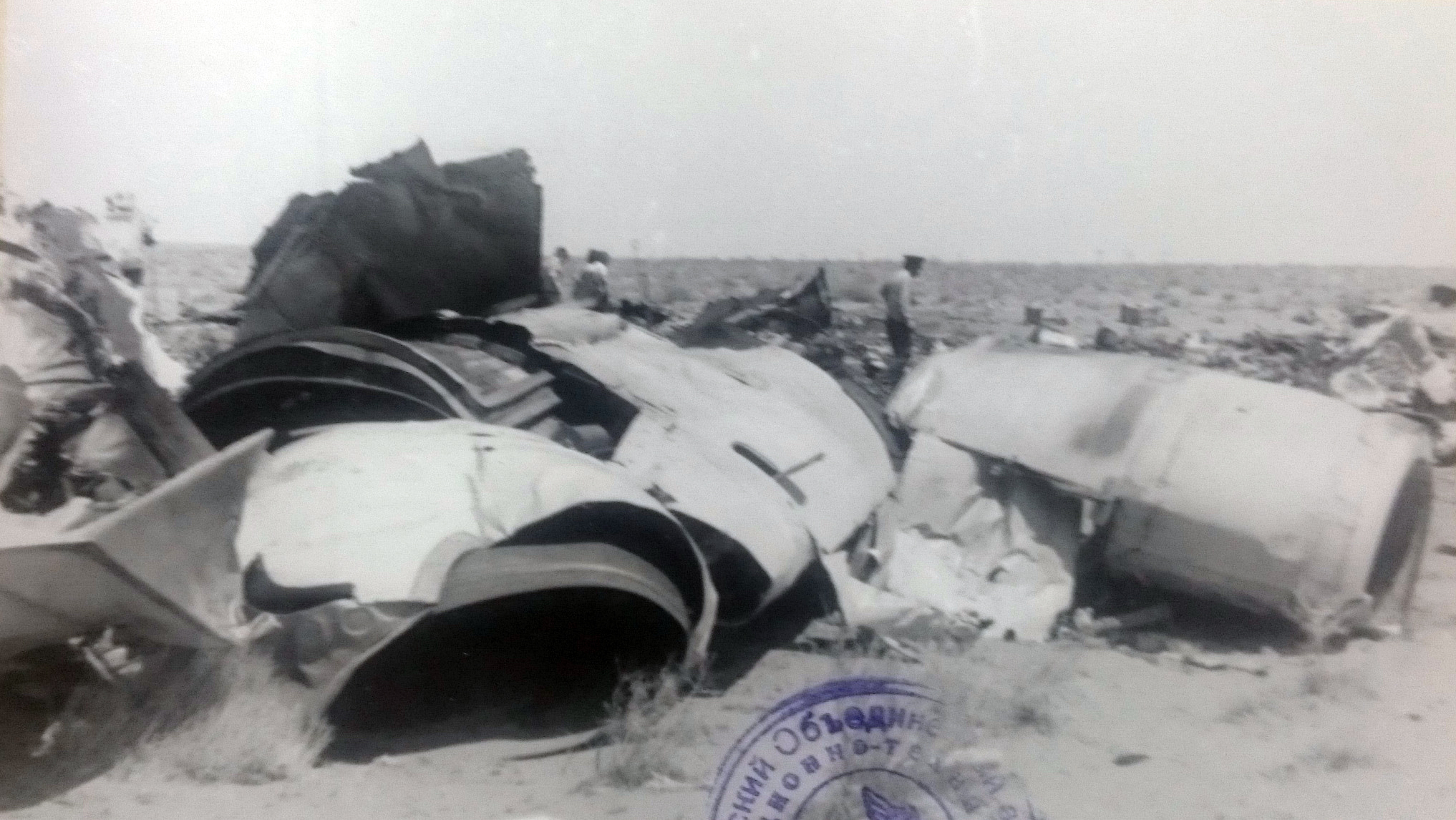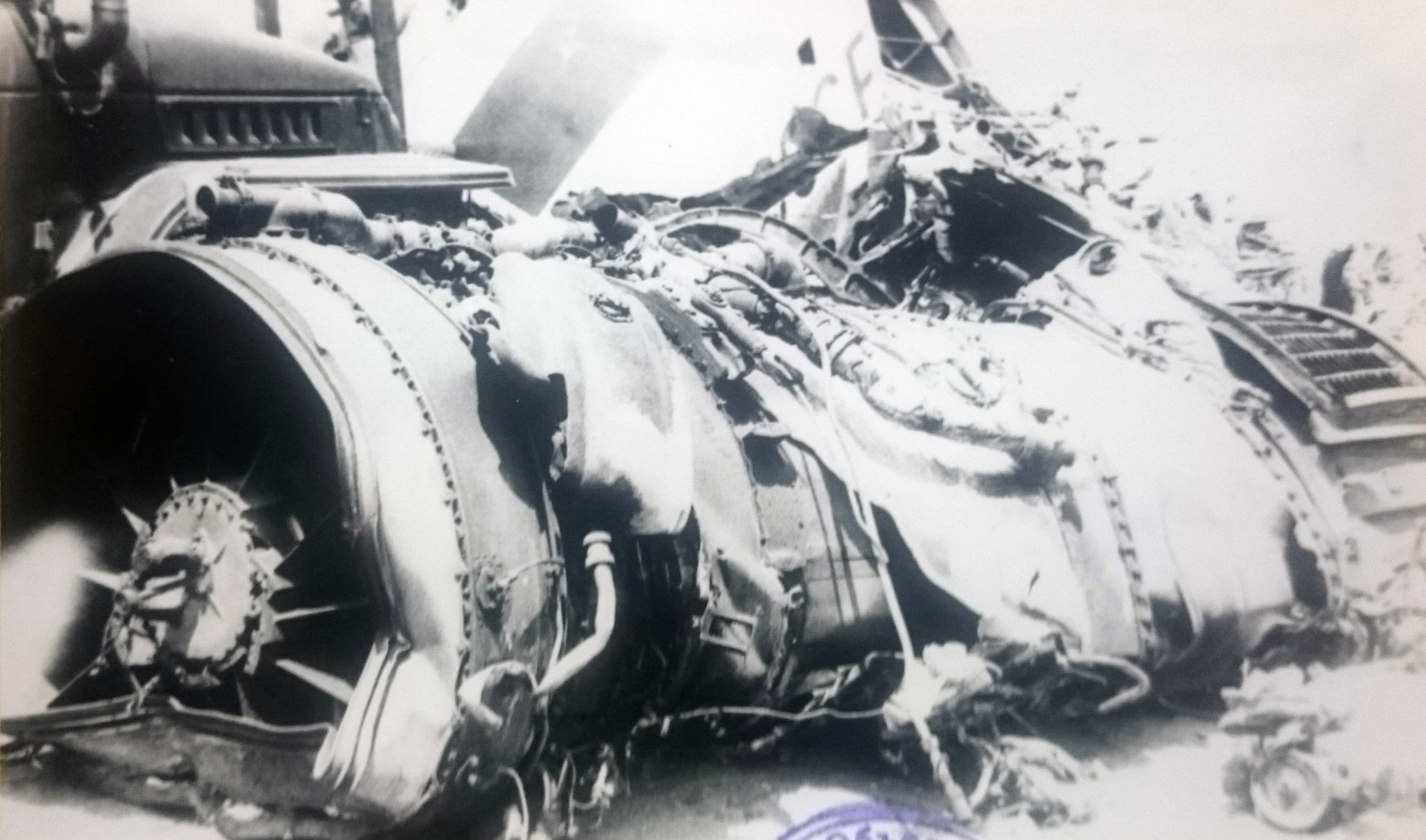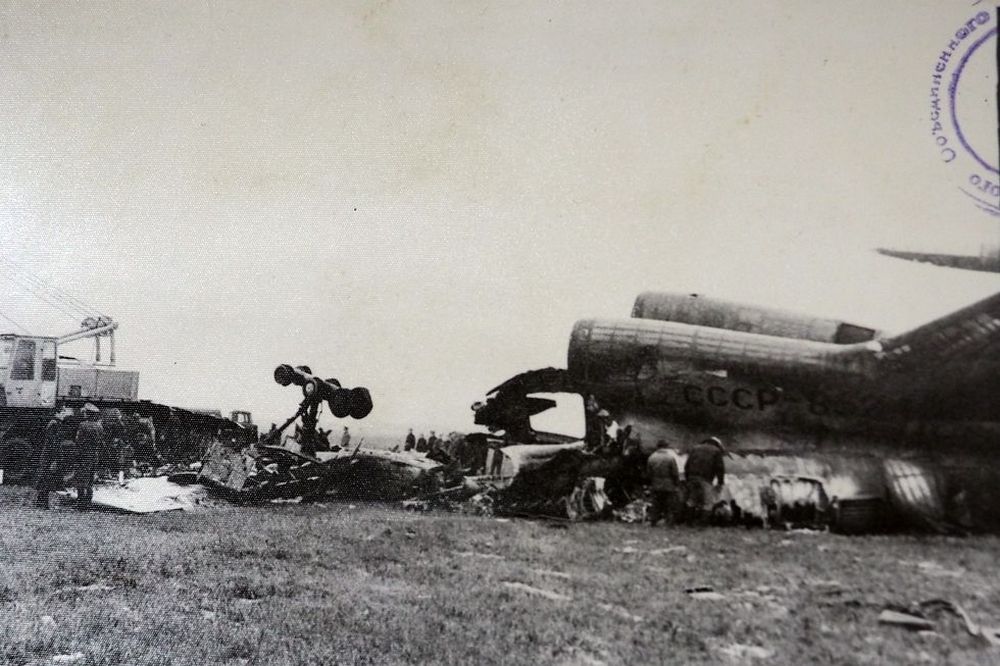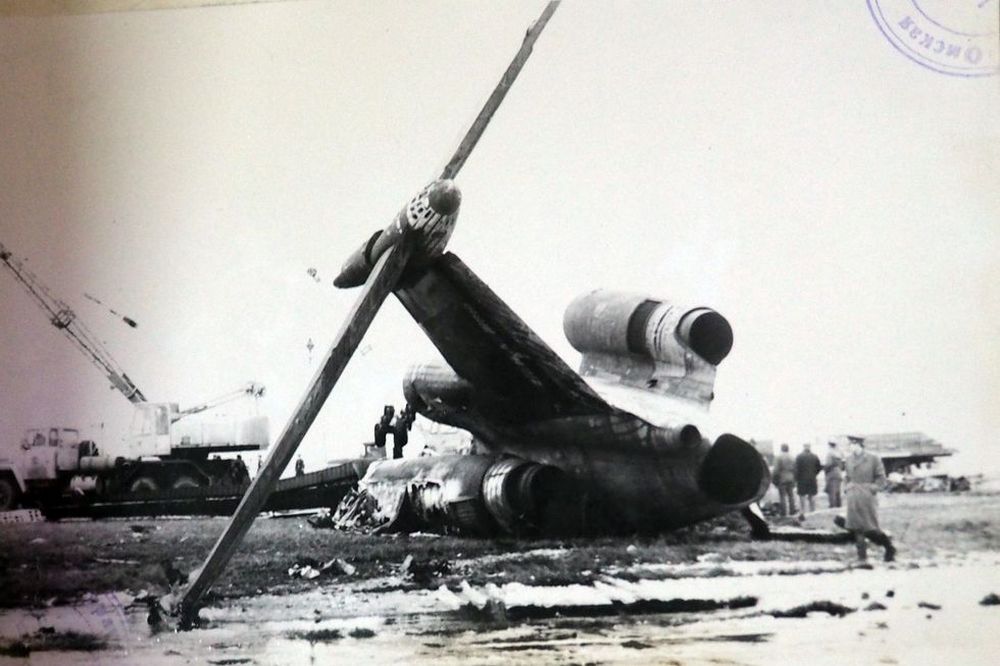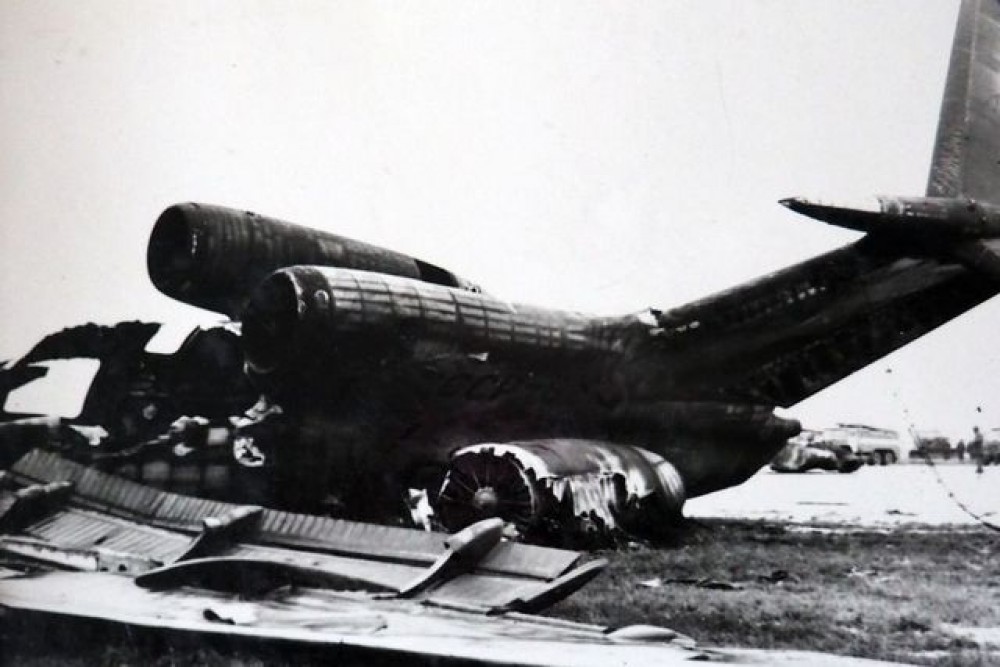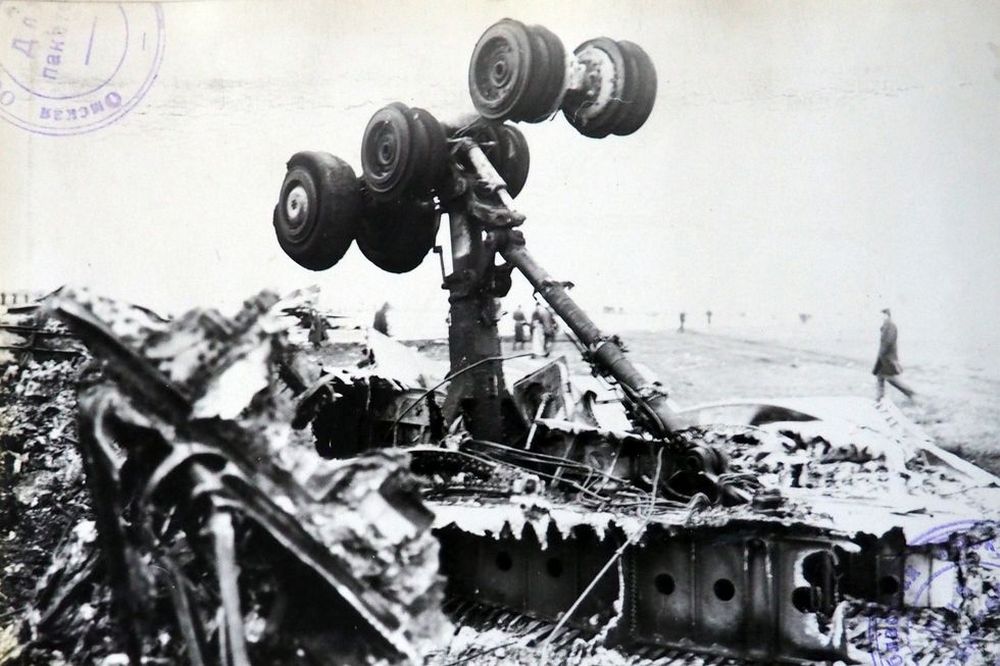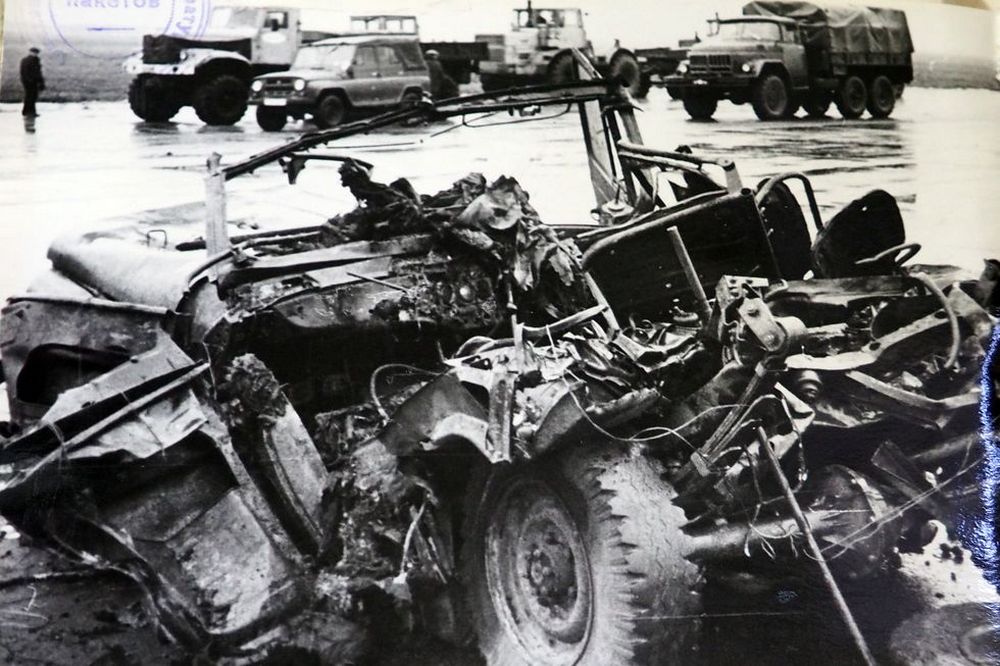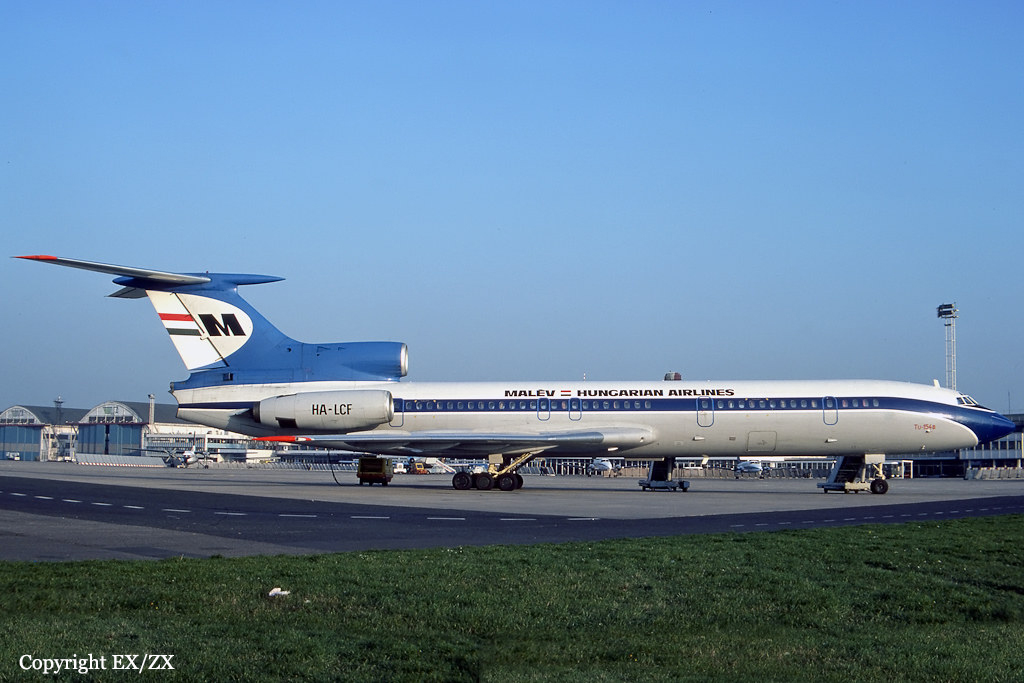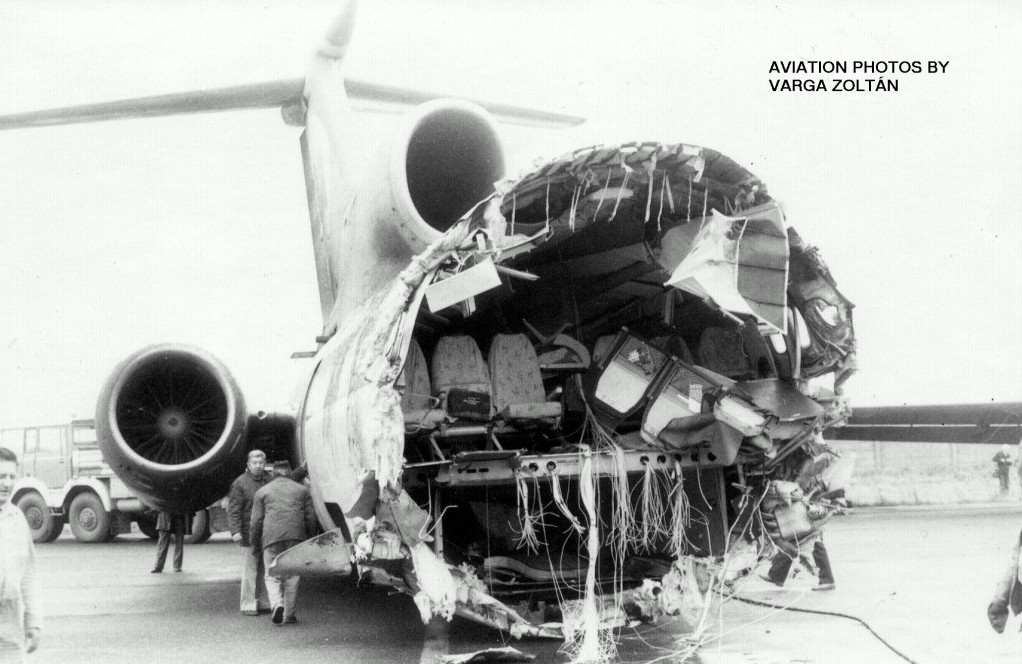Crash of a Tupolev TU-154B-2 in Aleppo
Date & Time:
Sep 24, 1988 at 1426 LT
Registration:
CCCP-85479
Survivors:
Yes
Schedule:
Yerevan - Aleppo
MSN:
81A479
YOM:
1981
Crew on board:
10
Crew fatalities:
Pax on board:
158
Pax fatalities:
Other fatalities:
Total fatalities:
0
Circumstances:
Following an uneventful flight from Yerevan, the crew initiated the approach to Aleppo in moderate turbulences. On final, the aircraft was unstable and out of trim when it adopted an excessive rate of descent of 5,5 meters per second and struck the runway surface. On impact, the undercarriage were torn off. The aircraft slid on its belly, overran and came to rest, broken in two. At least 60 occupants were injured.
Probable cause:
Wrong approach configuration on part of the crew who continued a visual approach in moderate turbulences with an unstable aircraft. The crew manually set the aircraft out of trim, causing the center of gravity to be aft the permissible limit.

